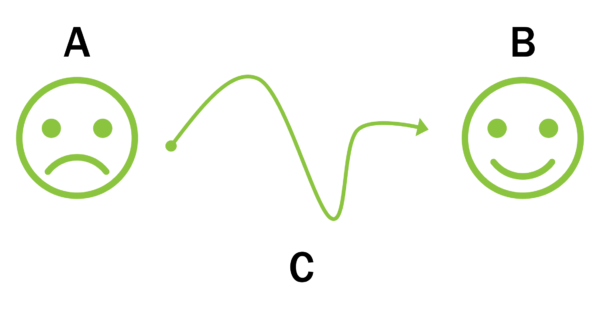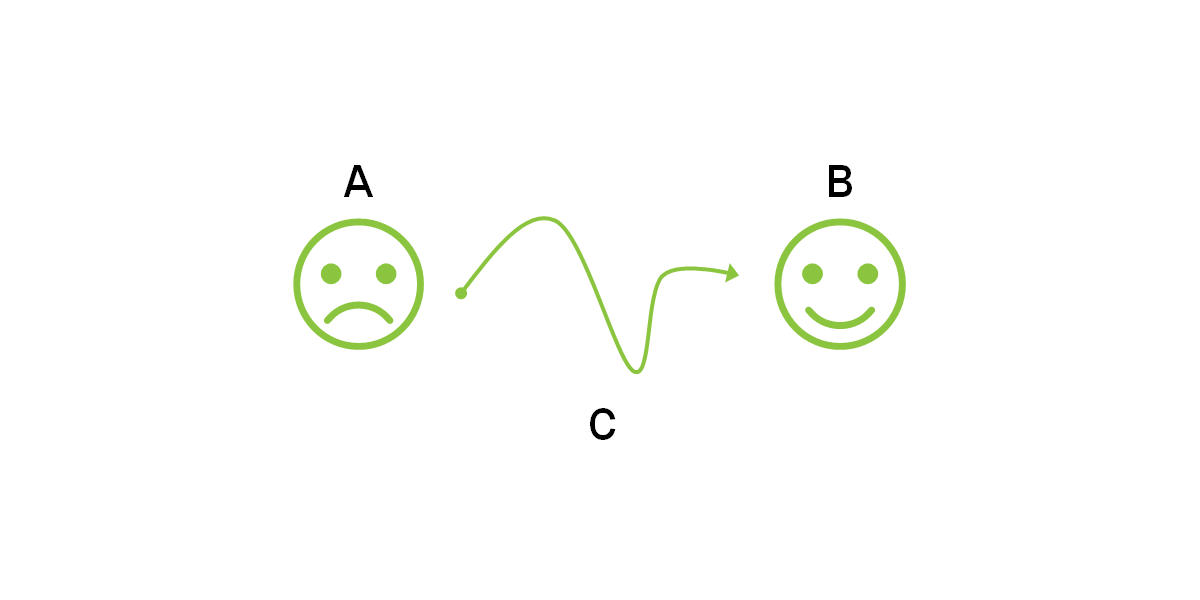I have some bad news and some good news. The bad news is that nobody cares about you or your campaign. The good news is that they can be persuaded to care about how you can make their life better. The mechanism for achieving this is something called the Human Action Model.
Nobody Cares About You
One of my early marketing mentors is David Meerman Scott, a Boston-based marketing strategist, entrepreneur, investor and advisor to emerging companies, and bestselling author of 12 books. One of his maxims is “Nobody cares about your or your products (except you).” This is a tough pill to swallow at first but the sooner you can accept this truth, the sooner you can move on to solving the problem.
This concept seems to be poorly understood by most politicians and activists. In my Digital Activism training course, I take this to an absurd level by showing what it would look like if I tried to pitch a website development project the same way most politicians pitch themselves during a campaign.
Here’s what some of those pitches would look like.



Do any of these messages make you want to buy a website from me? Do they matter at all to you? They’re entirely focused on me instead of my clients’ problems.
The Human Action Model
The Human Action Model recognizes this. It’s an invaluable tool for getting people to listen to your message and, more importantly, taking action. And it’s incredibly simple to remember and implement. There are three pieces:

- Point A: “You are here”
- Point B: “You want to be here”
- Path C: “How to get there”
Point A: You Are Here
Your message should start out by creating a sense of unease. You want your audience to see themselves reflected and say, “Yeah, that’s me! I have that problem!” Whether you’re creating a video, a blog post, an op-ed, a palm card, an email, or an advertisement, they should all begin with this “You Are Here” message.
Point B: You Want to Be Here
Immediately after creating a sense of unease, you want to present a vision of a better future. This is where you elicit a desire from your audience. They see a better future for themselves and are motivated to take action in order to get it.
Path C: How to Get There
The third and final component of the Human Action Model is to provide a realistic path forward. This is finally where you get to talk about yourself. But it must be presented as a means to achieve that better future. That doesn’t mean talking about how awesome you are, how well-qualified you are, or your experience or “proven track record.” It means describing your plan and how it will lead them to that better place.
You should also include a call to action. If your message was successful, you’ll have a rare and short window of opportunity where people will be highly motivated to take action. You can’t assume they’ll know what to do. Rule #1 of selling is to ask for the sale. Make sure people know what they should do next: donate, volunteer, subscribe, vote, etc.
Conclusion
That’s all there is to it! It’s not complicated at all and the more you practice this technique, the more automatic it will become. This is the single most powerful tool I know of for crafting persuasive messages. I literally use it multiple times a day, every day in my marketing consulting business.

